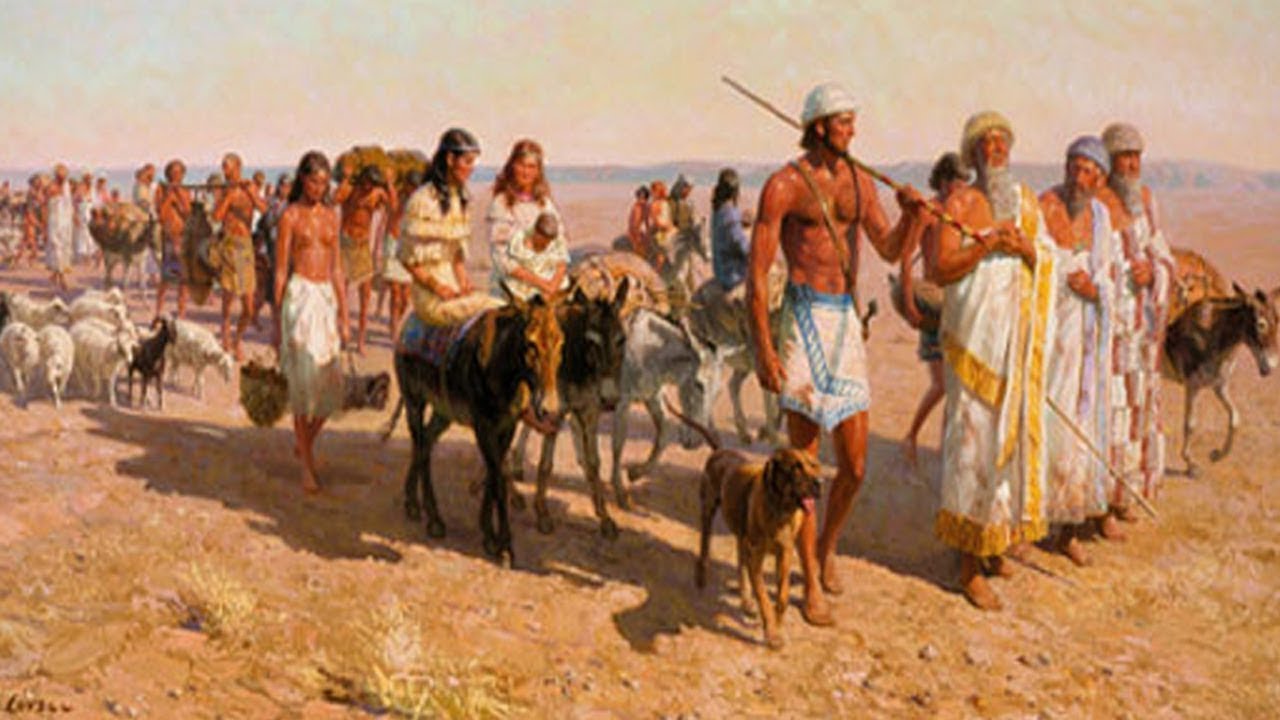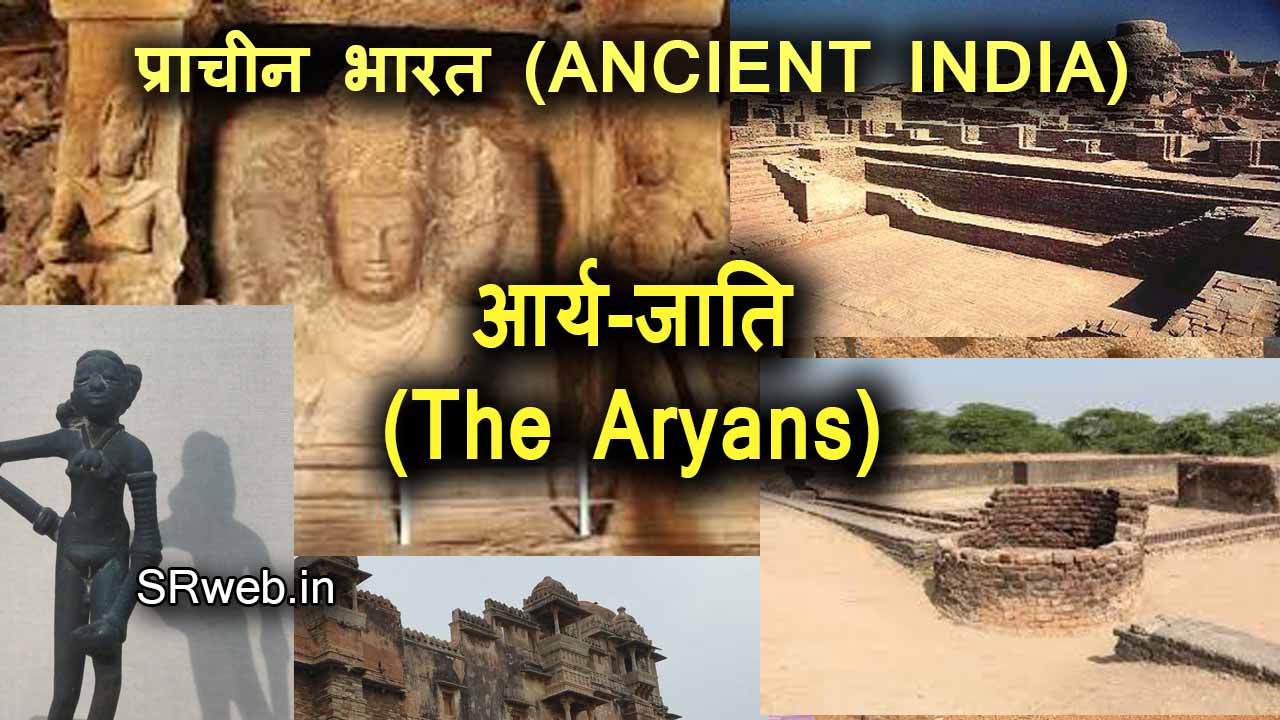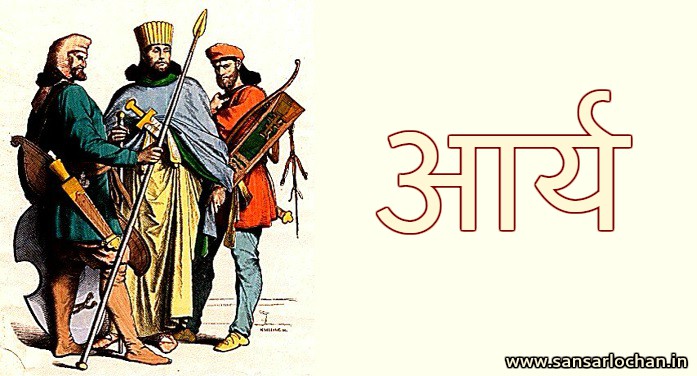Aarya Civilization : Development Of Aryan Civilization In Nepal
Aarya Civilization : Approximately 3,000 years ago, our Himalayan civilization was expanding through the Tibetan Plachu to the plains of China, while civilization and culture were developing in present-day India through the Ganges (Brahmaputra) plains. Apart from this, the Aryans of the Khas class in Kashmir and Darad in the foothills of the Himalayas and the settlements of various branches and sub-branches of the Kirat class in Assam, Meghalaya and the eastern part of Nepal were scattered everywhere.

Aarya Civilization
A thousand years ago, 16-17 large district states were developing in present day India. Besides, many small states were also developed. At that time, in these states, democracy was the system of electing state officials. During that period, the Kirat caste was considered as a branch of these Aarya Civilization. Settlements were being developed in this mountain range and its plains.
The kingdoms of Vriji and Malla were formed in what is now northern Bihar, Janakpur, and in the region of the Ganges Wari, which is still called Mithila. In the present hilly region of Nepal, the plains have already been settled by the development of human consciousness. Human settlements were established on the banks of the Koshi River east of the Sutlej River and its surrounding valleys and on the banks of the Gandaki River and in its vicinity or in the valleys by animal husbandry and even by cultivating some grains.
In fact, people had already settled in the Kathmandu Valley at the head of the Bagmati River. Historian Kirk Patrick has estimated that human civilization has settled in the Shivpuri area, Lapsefedi, Gagalphedi, Godavari forest and on the slopes of Swayambhu. Hewen Sang, a Chinese traveler, also came to Nepal via Karakuram via Kashmir and Afghanistan. Aarya Civilization
In the Kathmandu Valley of present day Nepal, in the earliest times, there was a thin population of a branch of Kirat class called ‘Nepar’ or Newar. These are the primitive natives of the region. ‘Nepar’ or Newars can get the light of Aryan civilization from the Vriji Republic itself. Currently found in the Terai regions of Nepal, the Tharu are considered to be of Kirat origin.

Aarya Civilization
Even though the form and color belong to the Kirat class, if the customs, rituals and the language and dialect spoken by them are taken as the basis, then the symptoms of Aryan caste are more prevalent in them. Initially, the Aryavarti Aryans enslaved the local Kirats and included them in their settlement and society as untouchables, but in time they behaved like themselves.
Some historians say that the Aryans, following the British, came from outside and established civilization in the Himalayan range and its river plains. Absolutely wrong. The Himalayan range civilization is the first in human creation and civilization. This civilization spread from the Himalayas through rivers. Swami Prapannacharya ‘What is in the Vedas? Aarya Civilization
‘Some historians have also said that the Indus Valley Civilization is older than the Vedic Civilization and that the Aryans came from outside and destroyed the Indus Valley Civilization. However, the evidence at the time of excavation has disproved this claim, since one of the stone seals found during the excavation of the Indus Valley has a picture of a tree on it. Two birds are sitting on that tree. One of them is seen sitting on a tree eating fruit and the other is watching a bird. ‘
When you look at this picture, it is like the 1/164/20 picture of Rig Veda in which nature is made into a tree and the natural beauty of a bird and a tree is described by considering that living being or that living being as Paramatma. In which a vivid depiction of nature should be found. After all, the God imagined by man is also nature. It cannot be considered as pre-Vedic, but Shivalingas have been found in the Indus Valley during excavations.
This clearly confirms that the civilization of the Himalayan range is the oldest civilization in the world rather than the Aarya Civilization of the Indus Valley. Besides, the famous Indian scholar Lokmanya Tilak has said that Aryan civilization is South Asia and East Asia. Emerging from the Himalayan range, Adi Manav settled on the banks of the river Ganga and expanded his civilization.
In Ayodhya of the Ramayana period, King Dasharatha and the developed mankind of the region sought to confront their modern rebellious Ravana by befriending the ape-mannered monkey race in what is now Indonesia and the Philippines, then Bali and Sugrib. Yes. The Persians still boast that they came from the Aryan and Himalayan civilizations.
It is safe to say that the imprint of pre-historicity is shifting from the fact that Iran and other Gulf nations now respect and love Nepalis more than any other nation in the world. Acharya Tilak has made it clear that ‘both the Indian and Chinese civilizations are influenced by the Aryans because this vast territory of the universe which in terms of population is a symbol of both Aryan civilizations are followers of Shiva and Buddha’. Aarya Civilization
Dr. According to Anne Vesent, Aryan civilization has existed on earth for one million years. Although the beliefs of different explorers are different, the essence of all these human civilizations started from the Himalayan range and river valley. Archaeologist Nana Pav Wig also wrote in the book ‘Birth of Aryavarta Til Arya’ that the deity was born in the Himalayas from us and our ancestors.

Aarya Civilization
According to the famous Bengali scholar Avinash Chandra Das (Rigvedic India, p. 376) the Vedas describe the constellations to the north. However, Vedic sages have made it clear that they may have seen it from the mountains of Nepal, Kashmir and the Himalayas. No matter what modern Western scholars explain about the birthplace of the Aryans, there is no consensus on the history of Vedic literature.
In fact, even when explaining civilization and religion, the brain development of human beings has taken place from the river gorge of the Himalayan range. It is self-evident that it has spread all over the world. The Qur’an and the Bible are based on the Vedas and the Gita. Buddha’s philosophy is almost a part of the Vedas. After all, if you study and meditate on the Koran and the Bible, the Prophet Muhammad and Jesus Christ are also considered to be formless powers.
That formless power is Shiva’s power. Modern scholars of the Qur’an and the Bible have not been able to refute this interpretation. The phrase ‘silent consent symptoms’ automatically applies. Apart from this, the birthplace of the Aryans is Mansarovar, where Mount Kailashkut is located. In the expansion of the ancient kingdom, the kingdom of the Shakya dynasty now extends to Sigatse in Tibet. Aarya Civilization
There is no need to hesitate to say that Mansarovar is the birthplace of Nepali civilization. At that time there were small district states, in those districts a king or a ruler was elected and the huge union of those small districts was Aryavarta and Aryavarta is present day Nepal. Language and culture are equally important in the upliftment of the nation.
Today, in terms of settlement and environment in Nepal, the medium of communication language has emerged in Nepal in various forms. The climate here is unique in the world. Nepal is the earth’s paradise in terms of climate and climate. There are about 242 types of climate. As man developed consciousness, he first spoke in gestures, then he developed language.
Speech, words and gestures are also found in animals. Since man is a more advanced and developed being, he did not develop a medium of communication, that is, a means of telling his story to others. According to the weather, climate and climate in Nepal, human settlements have settled on different lands. This is not only the case in present day Nepal but also in the mountains and plains of South Asia touched by Himalayan civilization, through the Middle East, Iran, Turkey to Russia’s Caucasus, Kiev and Georgia and all the territories of Mongolia and China in East Asia, Thailand (Cambodia) Human settlements developed in the mountains and plains, including Vietnam, the Philippines, Indonesia, and Burma. Aarya Civilization
It was also the custom in this area to consume male semen to increase the human population. The population was growing rapidly due to the rules and ethics of giving more and more births and those who gave birth more and more in this world and in the hereafter for their prosperity, development and happiness. At that time, there was a rule that one should not marry or have sex in one’s blood relationship.
After Shiva married Parvati, a rule was laid down that one should be devoted to one’s wife and women including Parvati should be devoted to one’s husband. Thus, after establishing kinship, kinship and kinship, language was necessary to communicate and exchange with each other, to share the income earned from agriculture and to trade in barter even if there was no money. Language has also developed in the ancient Aryan civilization and in the Kirat civilization, a branch of the Aryans. Aarya Civilization

Aarya Civilization
What is in the Vedas? Swami Prapannacharya writes, “Now the question is, if language did not originate in ancient times, how was speech used?” Again, the word ‘Padani’ in the mantra clearly explains how to use the terms Suvant and Tingta. At the same time, the knowledge of division is also understood through the use of Aryans.
Adult grammatical usage is also known from the experiments done in the Rig Veda itself. Therefore, first of all, it is clear that the human-like Aryans and their minds were inspired by the divine word. Explaining that we don’t have to keep searching outside, the mantra says, “Chatwari Shringa Triyo Asya Pada” is as clear as the terminology range of linguistics. Aarya Civilization
The Aryan language of that time is somewhat similar to the culture. Sanskrit suffixes can also be seen in today’s Hindi, Nepali, Bengali, Maithili, Bhojpuri, Tajpuria, Tharu, Newari and Tamang languages. There are 28-30 languages in Kirat caste. Languages vary according to the climate and climate of the crocodile. There are Maithili, Bhojpuri, Awadhi, Tharu and Rajbanshi languages from Sanskrit language in the field.
So everyone has developed their medium of communication in the vernacular and later in the script. The Aryan language was different in Aryavarta. He had some time with the Pali language. Most of the languages have been created from Sanskrit language. Sanskrit suffixes are found in all the languages like Tamil, Hindi, Bengali, Kannauj, Telugu, Malayalam which are derived from Aryavarta or Himalayan civilization or Shiva civilization. Aarya CivilizationIn fact, Urdu, Parsi, Mr. Sri, Russian, Spanish, German, Sanskrit and Aryan are considered to be the mother tongues of most languages. Another source of Nepali civilization is considered to be the Sinja Valley of Karnali Zone. There were some Aryans who came and settled thousands of years ago and many components of human civilization followed the policy rules. The current Nepali language has been developed from the Sinja Valley of Jumla.
It is gradually spreading to the east, north, west and south. The groups of different districts have equally contributed to the development of Nepali nationality. Even if the head is touched from the left side, it is easy to touch from the right side or from both sides. According to the natural law of touching from there, Nepal’s caste and language have developed.
Whether the current Tamang or Kirat or Khas Chhetri Brahmins or other castes, all these have evolved from the nomadic age of man and people of all castes, religions, and races have followed the rules of civilization and discipline of Shiva and Buddha. In fact, the people of present day Nepal and the Northeast have gone further than the people living in the plains of India and have safeguarded the development, nationality and democracy of the state.
In the awakening of nationalism, democracy and the development of civilization as a whole, there were more humanitarian and human rights activists and democrats in the hilly areas than in the Aryavartas in the plains. Baburam Acharya writes in his account of Nepal: “Even though it is a democratic state, there is a huge difference between the present democratic states in India and the Nepalese and Newar democratic states established in Nepal.”
In the so-called democratic districts of India which were developing in India at that time due to caste discrimination such as upper and lower caste and untouchability, only Brahmins, Chhetri and Vaishya class citizens were entitled to civil rights. The state did not grant civil rights to castes other than the Aryans. Therefore, more nationalism and democratic rights were given to the people in the areas ruled by the Kirats and Newars of Nepal than in the present 16 districts in India.
The Kirat Republic established in Nepal did not even smell of this kind of discrimination as there was no caste, class or caste discrimination. All citizens of the state had equal civil rights. Therefore, the Kirat state established in Nepal was a truly democratic state system. In fact, the ruler of the Kirat kingdom was a true follower of Shiva’s discipline in governing society and the people’s democratic rights.
As the state adopted a democratic system, it was more powerful than the districts and states in the east, west, north-south and plains. The Kirat kingdom is found in present day Nepal and present day northeastern India in Assam, Meghalaya, Nagaland about a thousand years ago. Later in Nepal, Kiratis were displaced from the Kathmandu Valley by the Maithili of the Simraungadh civilization. Which we have already experienced while reading the history of ancient Nepal. Aarya Civilization
Further, in the civilization of Kapilvastu, the Palhi language developed as far as Mansarovar (Sigatse) in present-day Tibet and on the banks of the river Ganga in the southwest. In fact, Chinese, Uyghur, Mongolian, Tibetan, these East Asian languages, Thai, Cambodian, Vietnamese, Indonesian, all have Sanskrit and Aryan suffixes. Today, in the development of Nepali nationality, Tajpuriya civilization which is known as Virat Raja’s civilization, Mithila civilization which is known as Videha civilization, Simraungadh civilization which is called Bhojpuri civilization and Shakya civilization and Khas Aryan civilization of Jumla are all civilizations worthy of pride of Nepali nationality. He has greatly helped to introduce the Nepali brain to the world.

Aarya Civilization
Gautam Buddha was born and raised in Kapilvastu. Sarnath, the place where he later attained enlightenment, and Kushinagar, the place of great enlightenment, are also geographies influenced by Nepali nation, Nepali nationality and Nepali civilization. Our deeds have proved how foreign we are.If we had understood that all Nepalis, no matter what the state system is today, is a symbol of the last human civilization, we would have researched and written the history of our civilization by now. Aarya Civilization
When we become the oldest in the world civilization, our society has been given up work, anger, greed, lust, using all the modern means, teaching science and technology to all, exploiting the immense resources of our nature, modernizing our society, raising capital and developing the economy. We would reach the stage of preserving and promoting a glorious civilization by exploring and excavating civilization and culture. Aarya Civilization
Comment Here!